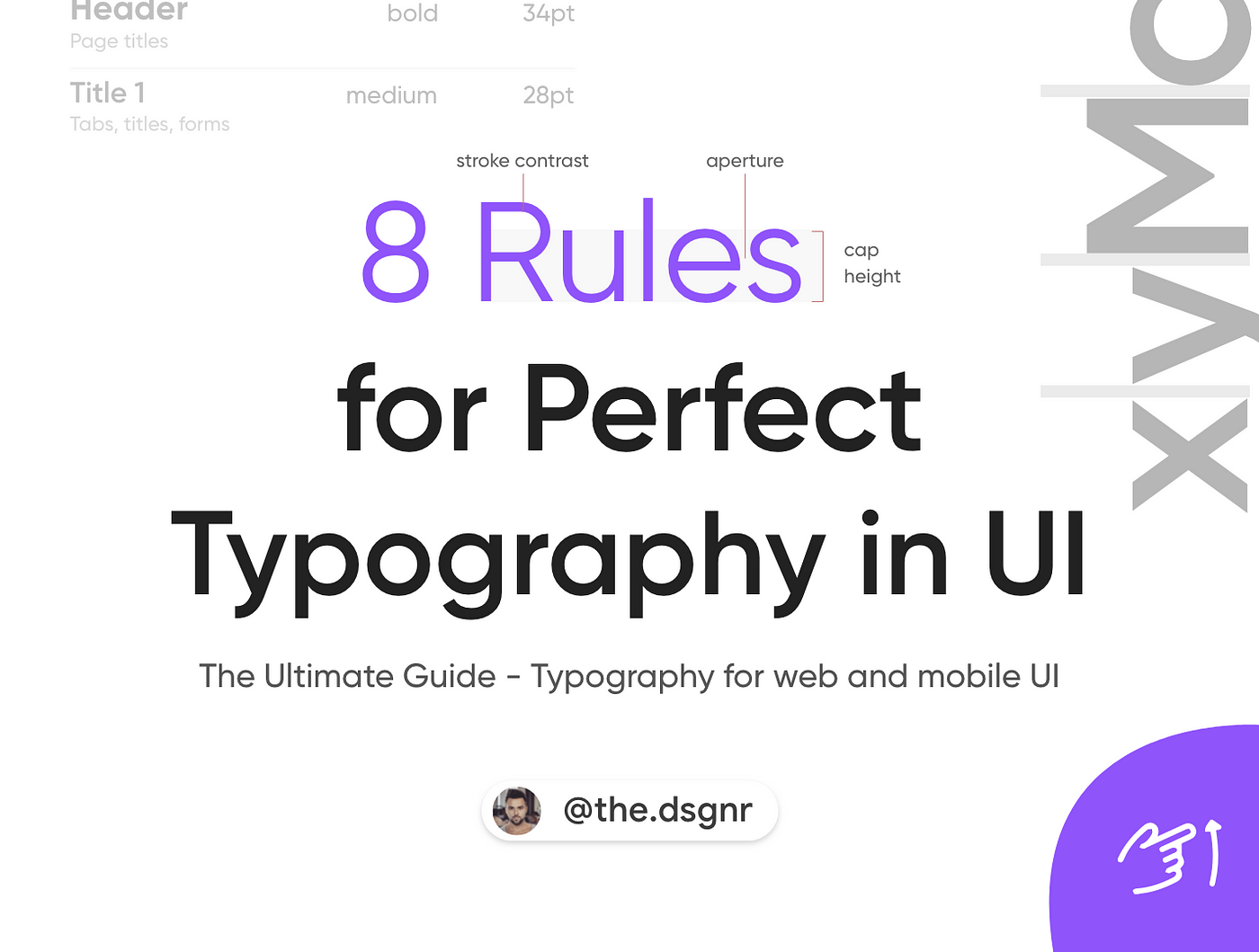In the digital realm, where users engage with a multitude of interfaces daily, typography plays a pivotal role in shaping user experience (UX). Far beyond aesthetic appeal, fonts have the power to evoke emotions, enhance readability, and guide users through seamless interactions. This article explores the significant impact of typography on UX design, how fonts are strategically utilized to optimize user interactions, and the emerging trends that will shape the future of digital communication.
- The Psychology of Fonts: Building Emotional Connections
This section delves into the psychology of fonts, explaining how different typefaces evoke specific emotions and perceptions. We’ll explore how designers can leverage this knowledge to create user interfaces that resonate with audiences, fostering a deeper emotional connection and positive user experiences.
- Readability and Accessibility: The Crucial Factors
Readable typography is essential for maintaining users’ attention and ensuring they can easily comprehend information. In this section, we’ll discuss the importance of font size, line spacing, and contrast in improving readability. Moreover, we’ll explore how designers address accessibility concerns to cater to users with visual impairments and ensure inclusivity in digital design.
- Responsive Typography: Adapting to Various Devices
With the proliferation of smartphones, tablets, and desktops, responsive design has become a necessity. This section explores how responsive typography adjusts to different screen sizes and resolutions, providing consistent and legible content across various devices.
- Microinteractions and Feedback: Fonts as Interactive Elements
Microinteractions are subtle design details that provide feedback and enhance user engagement. We’ll discuss how typography can be employed as an interactive element, changing its appearance in response to user actions, thus reinforcing the sense of control and delight during interactions.
- Combining Fonts: Achieving Visual Hierarchy
Creating a visual hierarchy is vital for guiding users’ attention and prioritizing content. Here, we’ll explore how designers skillfully combine fonts of varying styles, weights, and sizes to establish clear hierarchies, making interfaces more intuitive and navigable.
- Augmented Reality (AR) and Mixed Reality (MR) Typography
As technology advances, augmented reality and mixed reality experiences are gaining popularity. In this section, we’ll examine how typography is integrated into AR and MR interfaces to blend digital elements seamlessly with the physical world, creating immersive and engaging experiences.
- Experimental Typography: Pushing Boundaries
In the pursuit of innovation, designers are pushing the boundaries of traditional typography. This section will showcase examples of experimental typography in digital design, where fonts become dynamic, interactive, and artful expressions of creativity.
Conclusion:
Typography has evolved beyond mere text on a screen; it is now a critical component of user experience design. By understanding the psychology of fonts, prioritizing readability and accessibility, embracing responsive and interactive elements, and experimenting with new possibilities, designers can harness the power of typography to create digital experiences that captivate, engage, and delight users. As technology continues to advance, typography will undoubtedly remain a driving force in shaping the future of digital communication and user-centric design.
